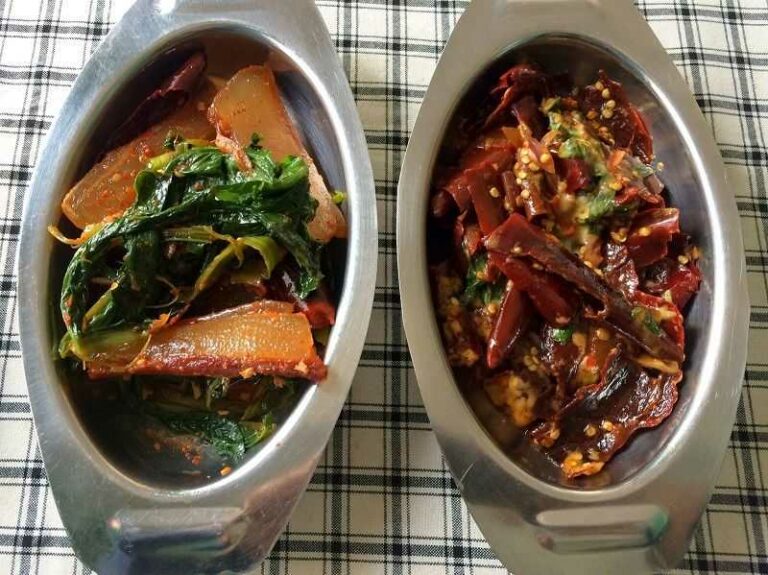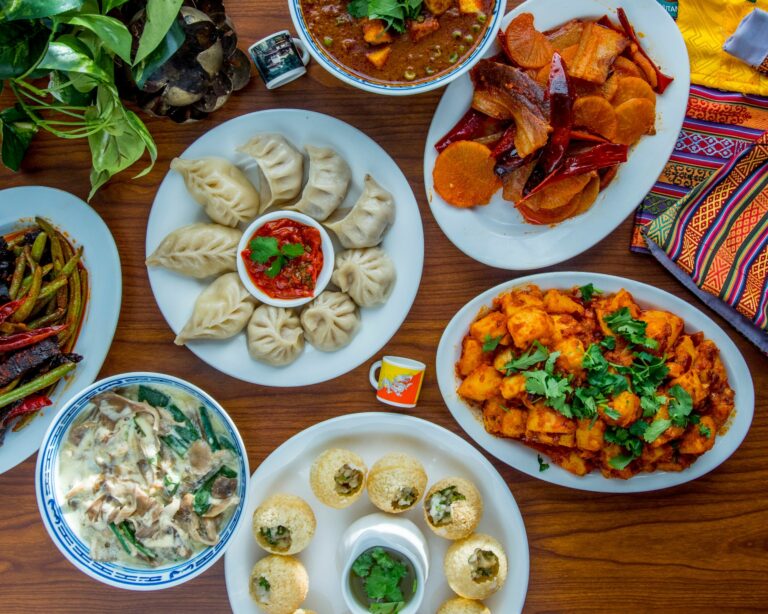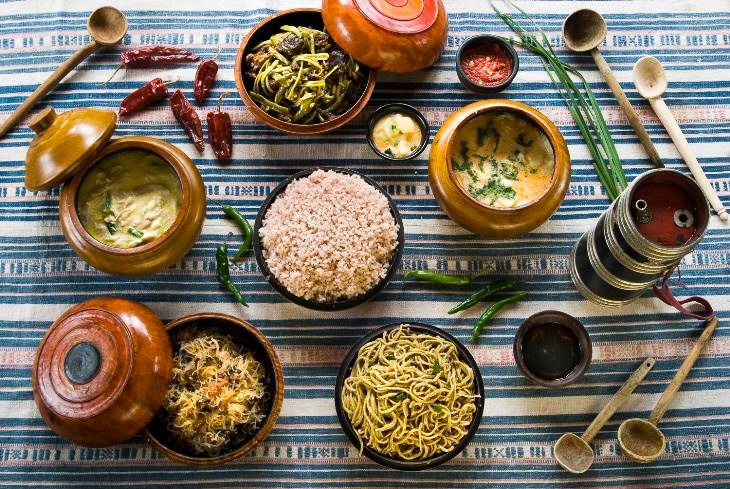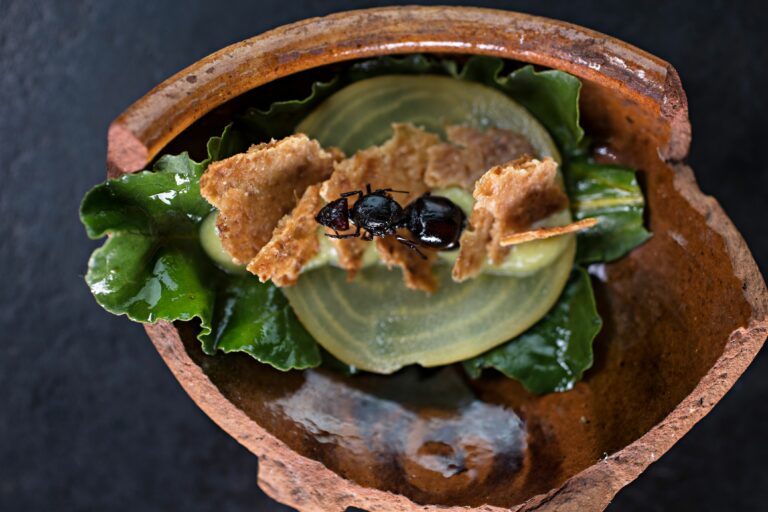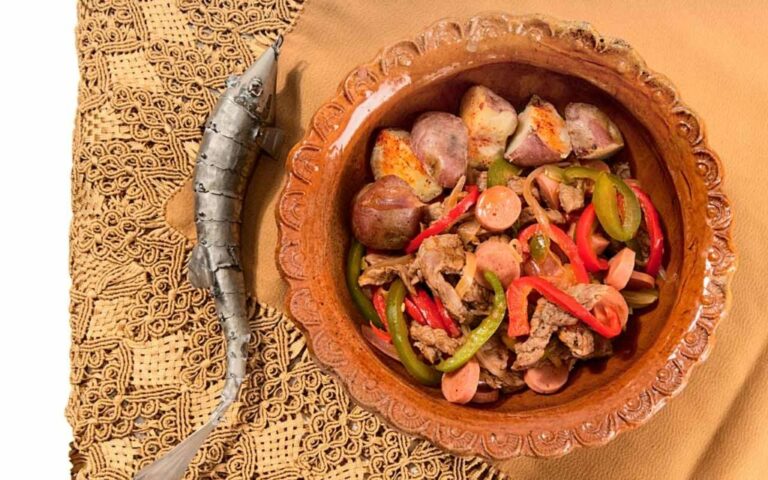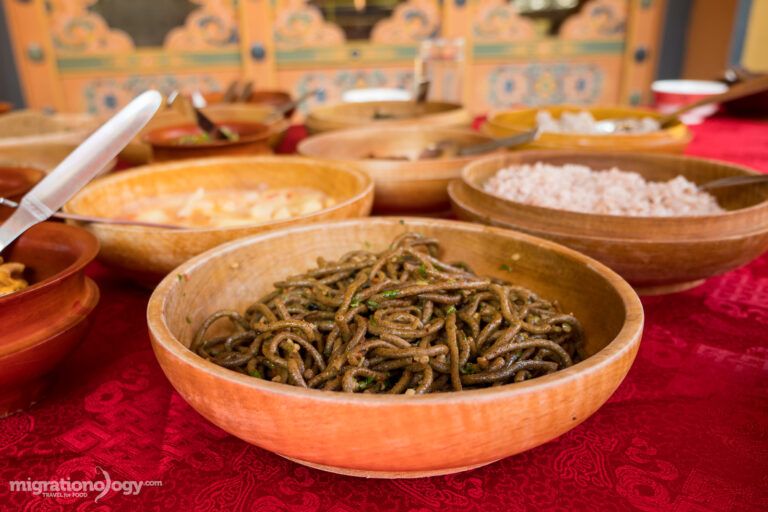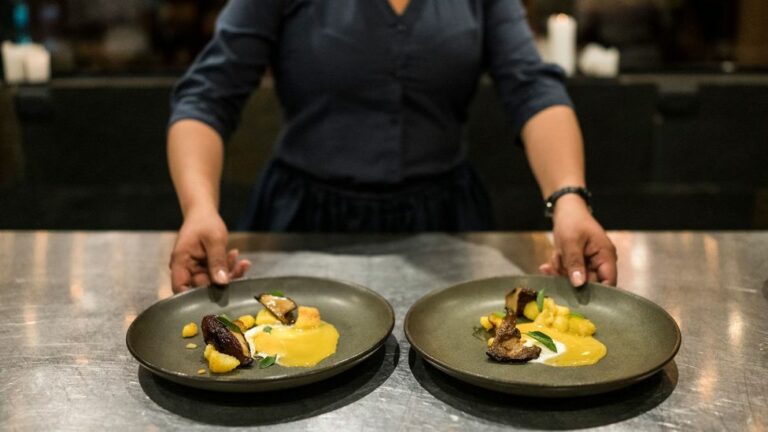Introduction to Bhutanese cuisine
Bhutanese cuisine is known for its spicy and flavorful dishes, which are heavily influenced by neighboring countries like India and China. Bhutanese cuisine mainly consists of rice, vegetables, and meat, and is often served with condiments like chili peppers, cheese, and butter. While the main course dishes take center stage in Bhutanese cuisine, the desserts are equally delicious and unique.
Sweet tooth: Desserts in Bhutan
Bhutanese cuisine has a variety of desserts, ranging from sweet, crunchy delights to creamy and rich desserts. Desserts in Bhutan usually involve dairy products like butter, cheese, and milk, along with fruits and nuts. Bhutanese desserts not only satisfy your sweet tooth but also showcase the country’s rich cultural heritage.
Traditional desserts in Bhutan
Bhutanese desserts have a strong connection to the country’s traditions and culture. Traditional Bhutanese desserts include dishes like ‘Bangchang Nga Nga’, which is a sweetened mixture of milk and rice, and ‘Zow Shungo’, which is a dessert made from boiled wheat and sugar. These desserts are often served during festivals and special occasions.
Ema Datshi: A dessert with a twist
Ema Datshi is a spicy dish that is a staple in Bhutanese cuisine, but did you know that it can also be served as a dessert? Ema Datshi is usually made with chilies and cheese, but in the dessert version, sugar is added to the mix. This unique dessert has a sweet and spicy flavor that is sure to surprise and delight your taste buds.
Khapsey: A crunchy sweet delight
Khapsey is a deep-fried pastry that is often served during festive occasions like weddings and New Year celebrations. Khapsey is made by kneading dough and shaping it into various shapes before frying it in oil. Once fried, the pastry is coated in sugar, making it a sweet and crunchy delight.
Red Rice Kheer: A royal dessert
Red Rice Kheer is a dessert fit for royalty. Kheer is a rice pudding that is usually made with white rice, but in Bhutan, they use red rice instead. Red Rice Kheer is cooked with milk, sugar, and cardamom, and is garnished with nuts and raisins. This creamy and rich dessert is perfect for special occasions.
Shakam Eutay: A popular dry fruit dessert
Shakam Eutay is a popular dry fruit dessert in Bhutan. This dessert is made by boiling dried apricots with sugar and water until it forms a thick syrup. The syrup is then poured over a bed of nuts and allowed to cool. Shakam Eutay is a sweet and tangy dessert that is perfect for those who love dried fruits.
Suja: Butter tea with a sweet side
Suja is Bhutanese butter tea with a sweet twist. This tea is made by boiling tea leaves, water, and butter together before adding sugar and milk. Suja is a perfect dessert for those who love tea and crave a sweet after-dinner treat. It is also believed to have health benefits, making it a popular drink in Bhutan.

